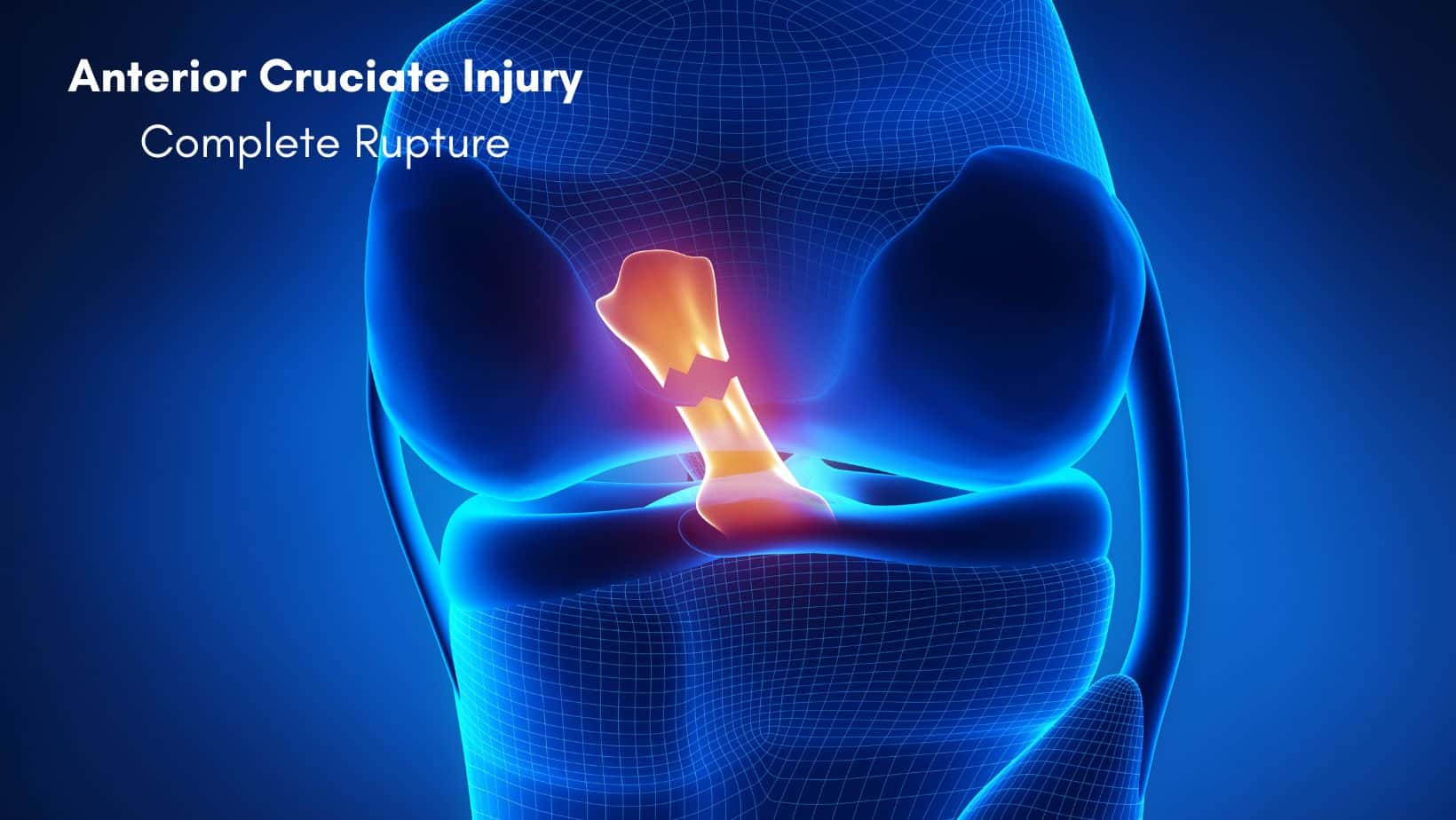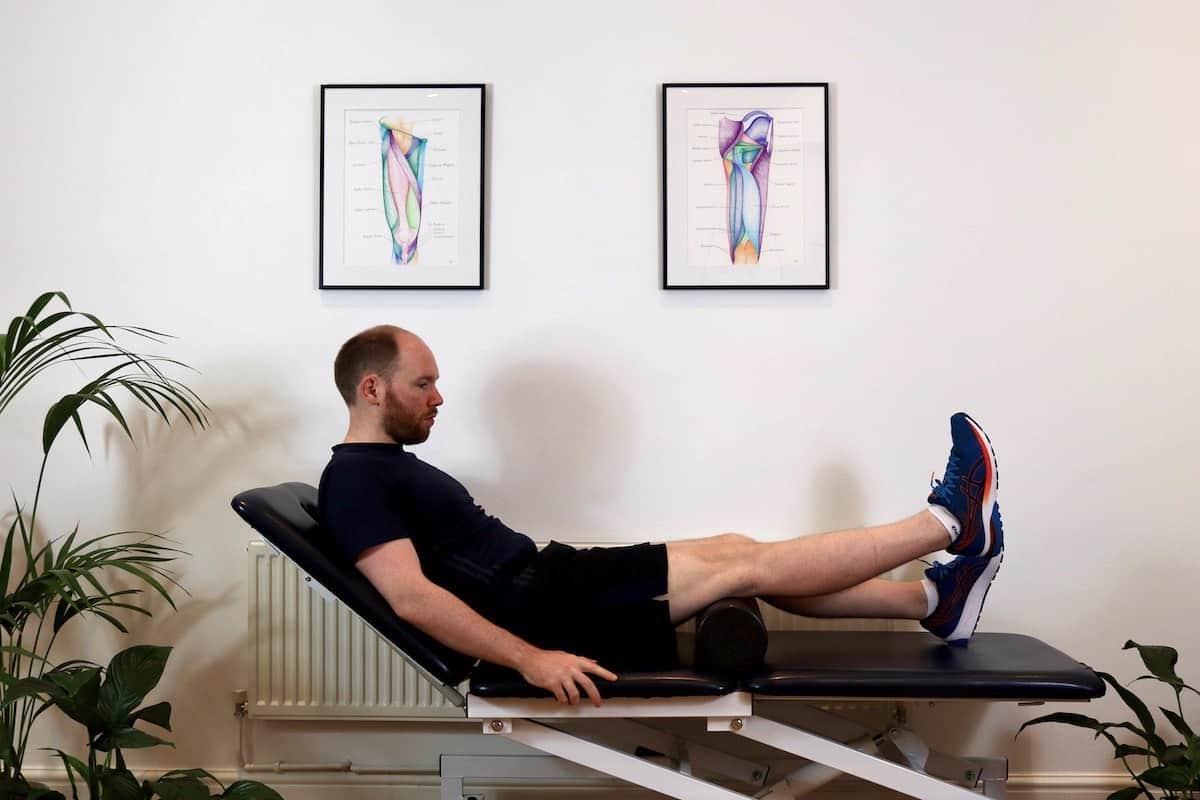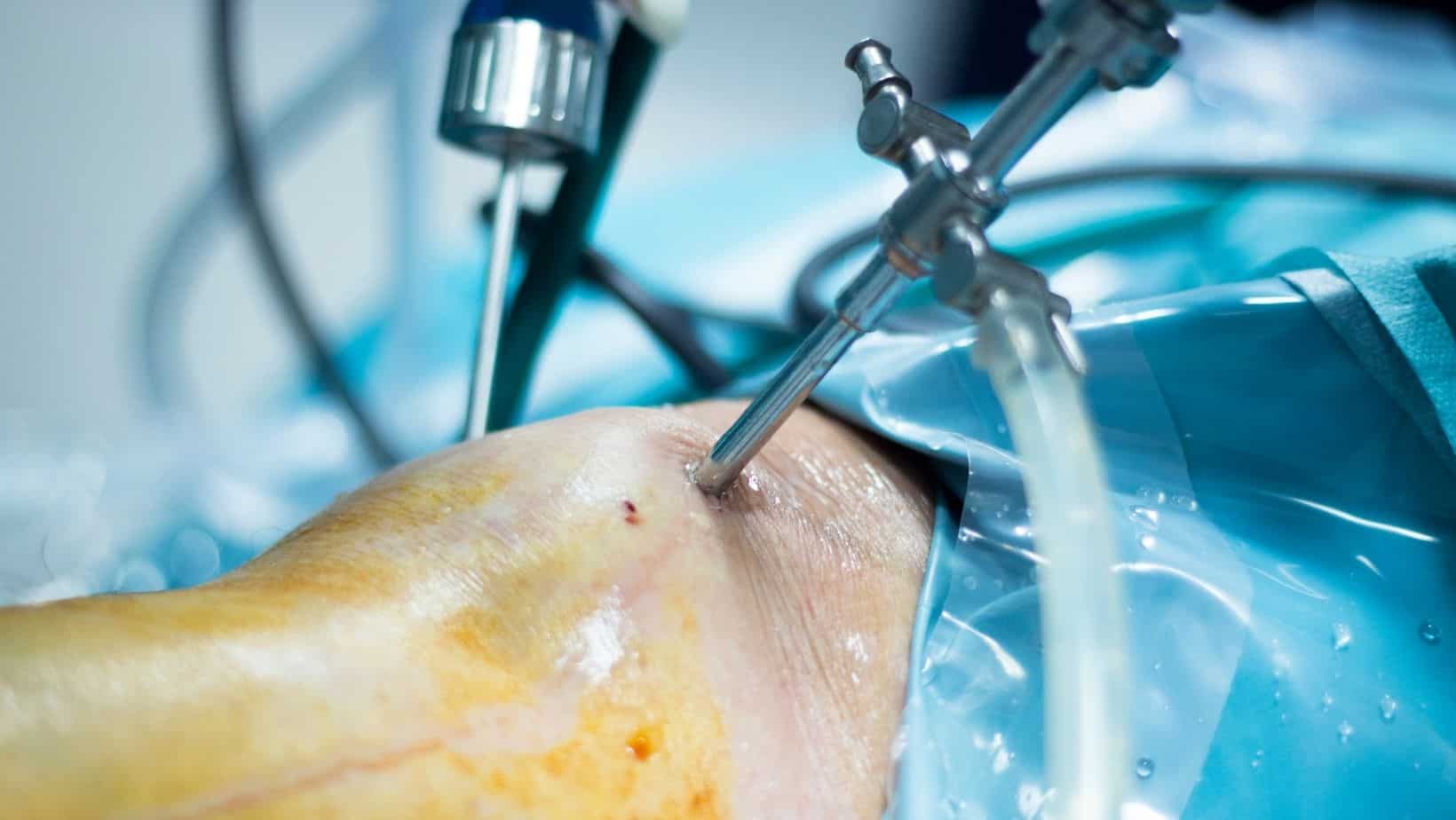ACL Sprain
Read More >
A cyclops lesion is a complication from anterior cruciate ligament reconstruction (ACLR) surgery. A cyclops lesion is described as a focal anterior arthrofibrosis, which is an excessive formation of scar tissue on the anterior cruciate ligament. It is a frequent complication associated with surgery and trauma. A lump of scar tissue forms in the knee after ACLR surgery. The scar tissue can be made up of fibrous tissues, but can also include cartilage and sometimes bone. It can block the knee range of movement, limiting the full extension of the knee, and can therefore cause quadriceps dysfunction.
You can read about ligament injuries of the knee in our related articles: PCL Tear, MCL Injury, and LCL Injury.
Many of these lesions may go undiagnosed as they do not all present symptomatically. It may be an incidental finding on a follow-up scan or if the knee is scanned for another reason. For the minority of individuals who do experience symptoms with a cyclops lesion, they will typically have: restricted knee extension, so they are unable to fully straighten their knee. This may be accompanied by pain, swelling, stiffness, the knee may lock, and there can be a palpable or an audible “clunk”.

The risk of cyclops lesions is between 1-10% of ACLR surgeries. Typically a cyclops lesion will occur in the months or years after ACLR surgery, with a greater risk of incidence with greater time since surgery. In one study, the incidence was 25% in the initial 6 months post-surgery, and 33% within two years. Another study reported an incidence of 47% within the first year, though symptoms were only present for about 10% of these cases (Kambhampati et al, 2020).
Cyclops lesions occur in the minority of cases of ACLR surgery, between 1-10%. There are several different risk factors that are thought to increase the chance of developing this condition.
Regaining full knee extension is one of the most important goals to achieve as soon as possible after ACLR surgery. Early return of full extension will reduce your risk of developing a cyclops lesion. After surgery, working with a physical therapist will be helpful to guide you with exercises and advice to achieve this. Stretches and massage can help to lengthen and relax your hamstring, which can tighten from the knee being bent and also if the graft has been taken from it.
Activation and strengthening of your quadriceps muscles will provide you will more power to extend your knee and keep it straight with functional tasks like standing and walking. Finally, a physical therapist can assist you with straightening your knee with various manual techniques, and advice for what you can do at home.
Read more about ACL Rehab Exercises, in our related article.

Yes. A cyclops lesion can occur as a result of trauma without surgery and can be the result of a partial ACL tear or complete ACL rupture.

Physical therapy is not an effective treatment for a cyclops lesion, other than for short-term symptom relief. Surgery is needed to remove the lesion. Only after surgical excision is physical therapy helpful in regaining mobility and strength. Often, due to the period of restricted mobility, the quadriceps muscles will not fire effectively and exercises are needed to regain normal function.
Read about treatments for other ligament injuries in our related articles: PCL Recovery, MCL Injury Treatment, and LCL Injury Recovery.
This is not medical advice. We recommend a consultation with a medical professional such as James McCormack. He offers Online Physiotherapy Appointments for £45.
Related Articles:
ACL Rehab Exercises
ACL Injuries in Sport
ACL Brace